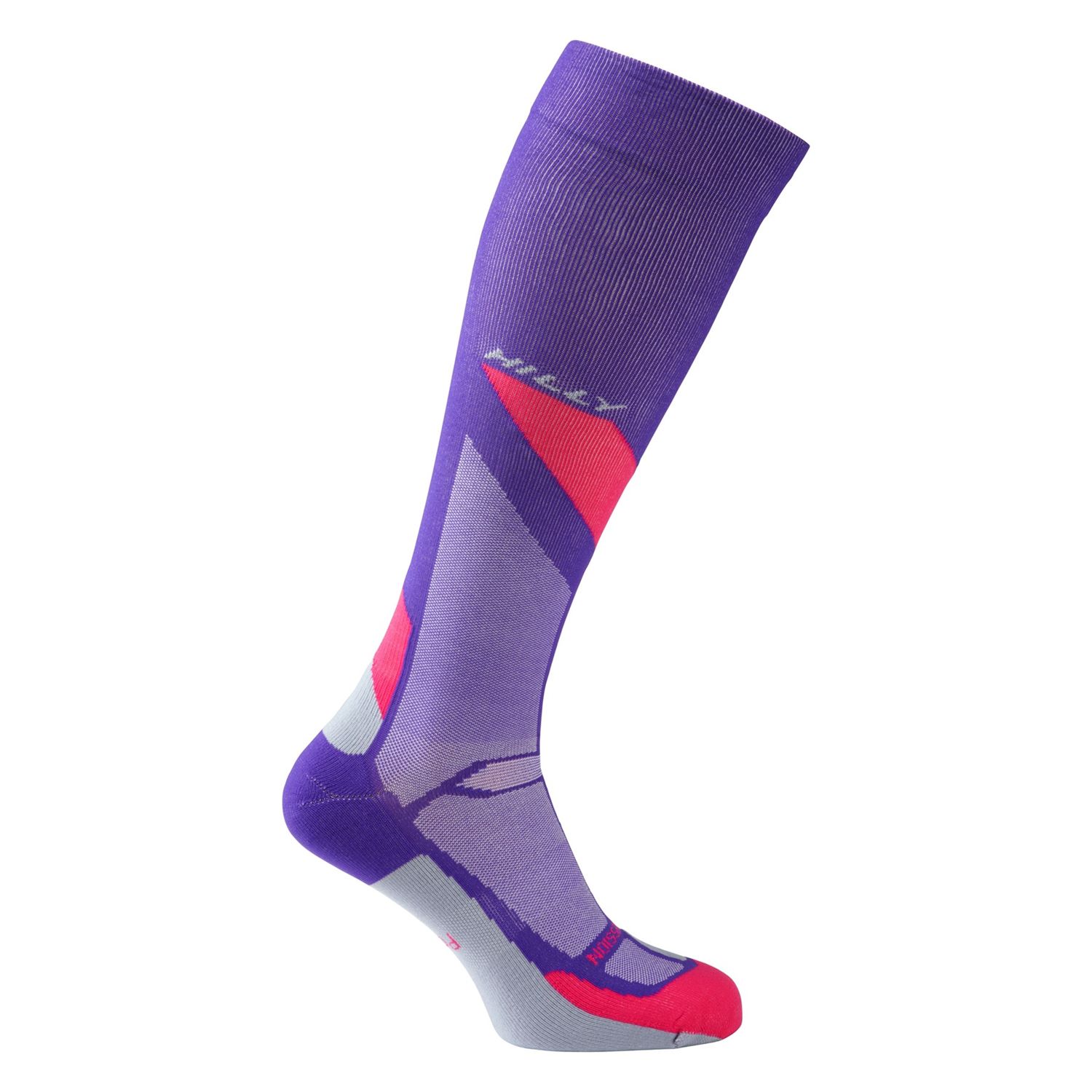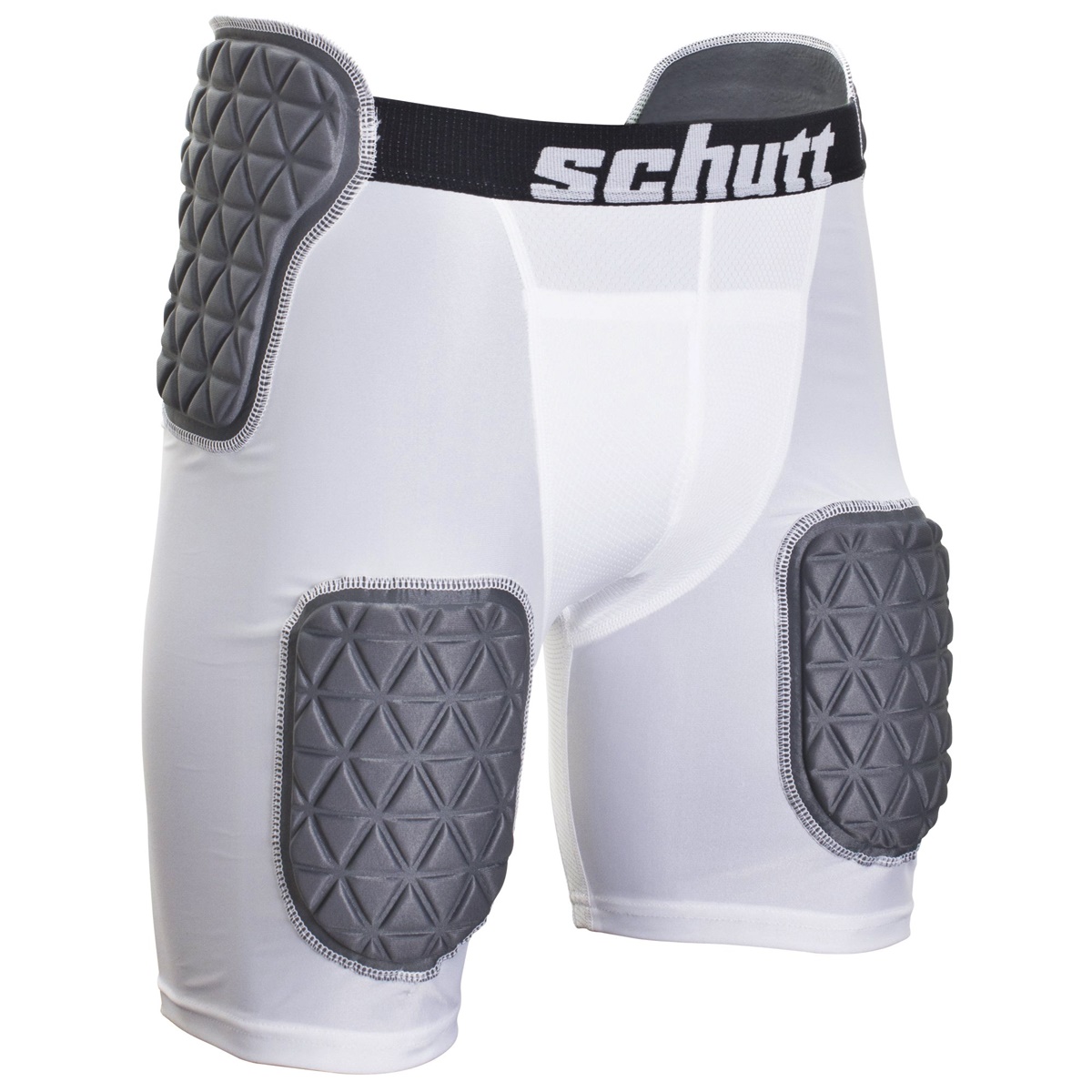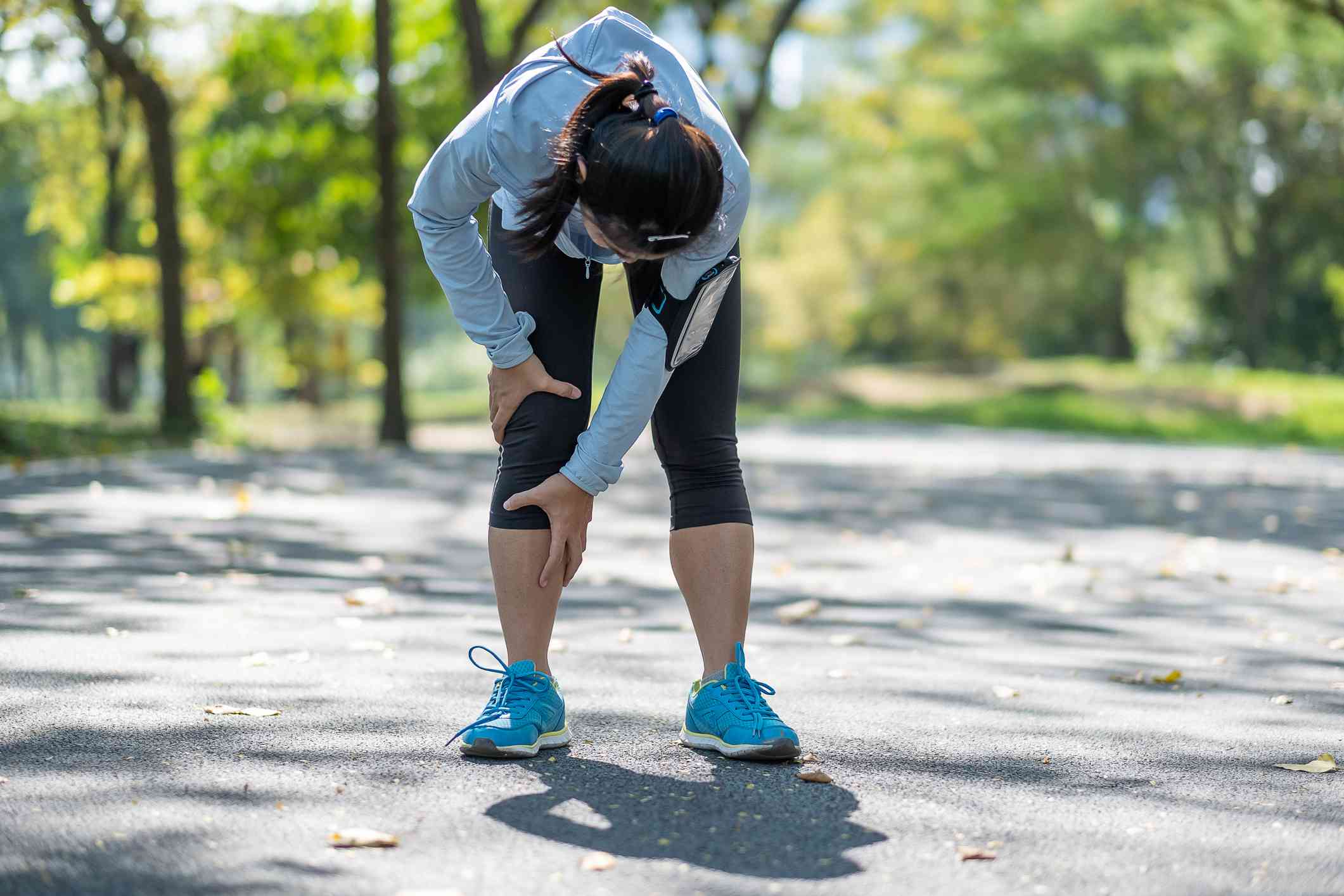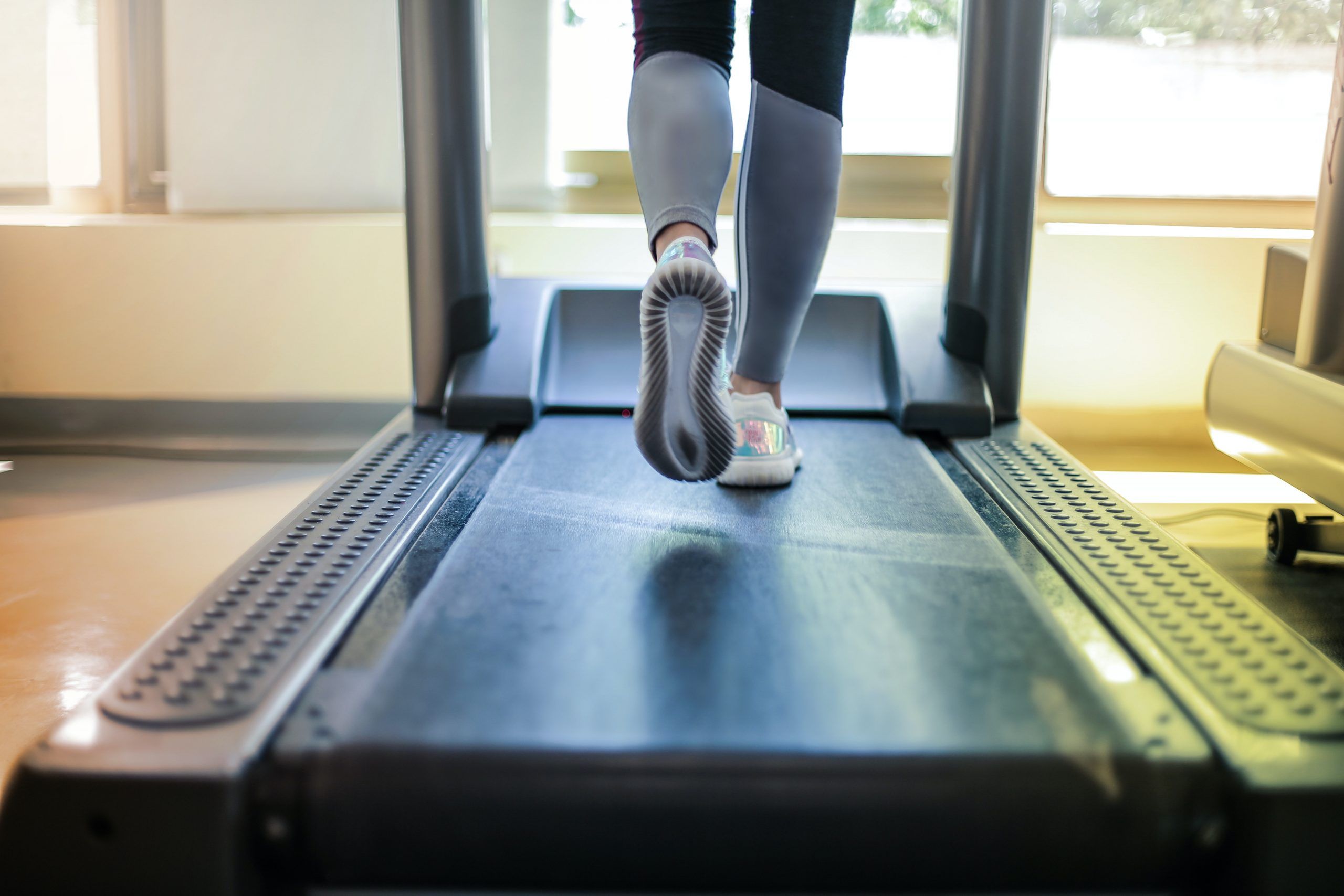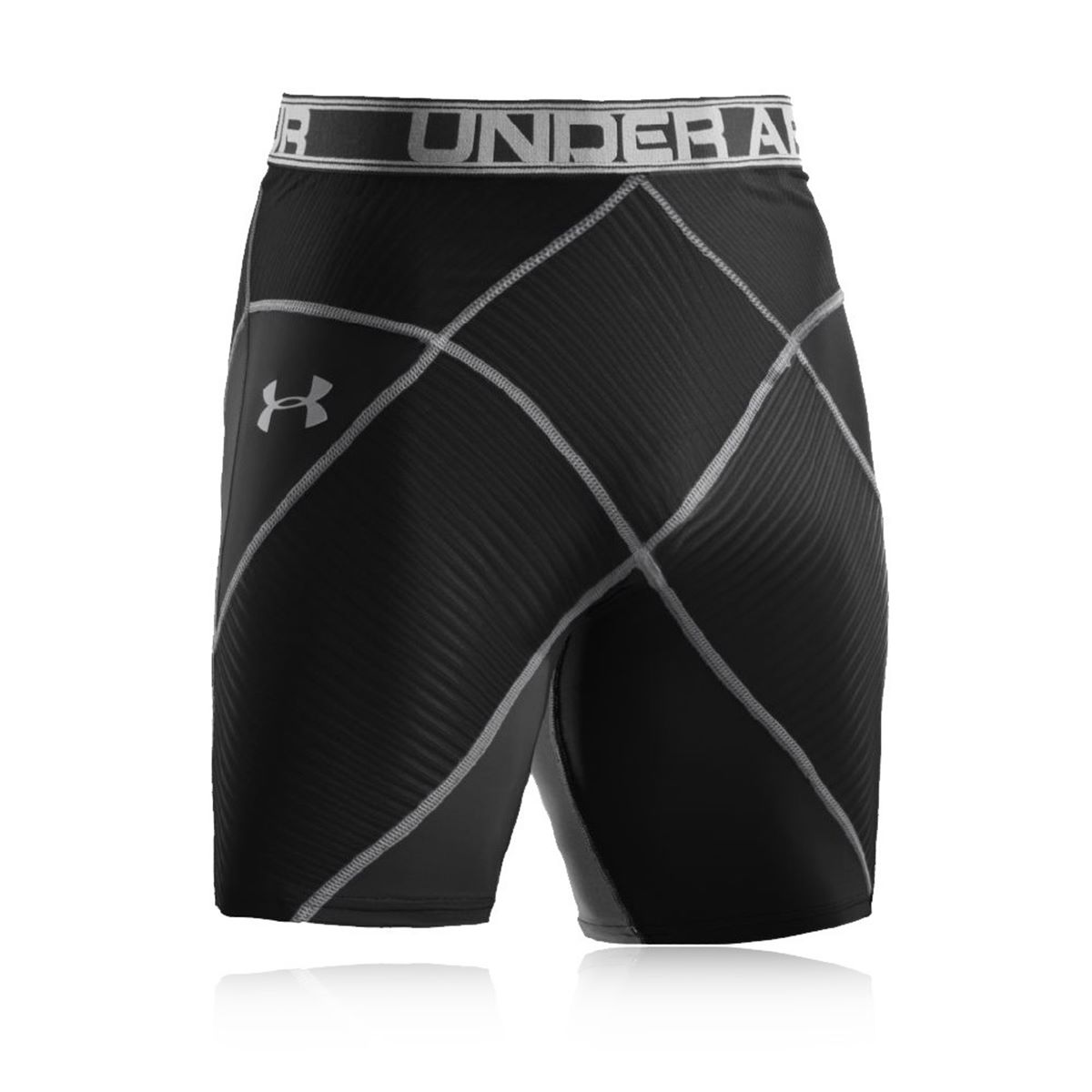

Featured
Why Do My Hands Swell When I Exercise
Published: September 26, 2023
Discover the reasons why your hands may swell during exercise with this informative featured article. Find out what causes this phenomenon and how to alleviate it.
Introduction
Exercise is a fundamental aspect of maintaining a healthy lifestyle. Whether you’re engaging in cardiovascular activities, strength training, or even yoga, physical exertion has a plethora of benefits for both our physical and mental well-being. However, for some individuals, exercise can sometimes lead to unexpected side effects, such as hand swelling. Understanding why our hands swell during exercise is crucial in order to prevent discomfort and ensure a safe workout.
Hand swelling during exercise is a relatively common occurrence and can happen for a variety of reasons. While it may be disconcerting, it is usually temporary and harmless. However, in some cases, it could be an indication of an underlying health issue that requires medical attention.
In this article, we will explore the factors that contribute to hand swelling during exercise, the mechanisms behind this phenomenon, and potential health conditions that may be related to it. Additionally, we will provide some valuable tips on how to reduce hand swelling during exercise and when it may be necessary to seek medical advice.
Exercise-induced hand swelling can be a frustrating and uncomfortable experience, but it’s important not to let it deter you from staying active. By understanding the causes and implementing the right strategies, you can continue to enjoy the numerous benefits of exercise while minimizing any associated hand swelling.
Understanding Exercise-Induced Hand Swelling
Exercise-induced hand swelling, also known as exercise-induced edema, refers to the temporary enlargement of the hands during or after physical activity. This swelling is typically characterized by a feeling of tightness and puffiness in the hands, making it difficult to perform certain tasks.
There are several factors that contribute to hand swelling during exercise. Firstly, increased blood flow is a key driver of this phenomenon. When we exercise, our heart rate increases, pumping more blood throughout the body, including to the extremities like the hands. This increased blood flow can lead to localized swelling.
Another contributing factor is the buildup of fluid in the hands. During exercise, our bodies undergo changes in fluid distribution, where fluids shift from the bloodstream into the surrounding tissues. This can result in edema or swelling, particularly in areas with high blood vessel density, such as the hands.
Additionally, the repetitive motions and continuous muscle contractions involved in certain exercises can put pressure on the blood vessels and lymphatic system in the hands. This can hinder the proper circulation of fluids, leading to fluid retention and subsequent swelling.
It’s important to note that exercise-induced hand swelling is typically harmless and resolves on its own once the body returns to its normal state. However, in some cases, it may be indicative of an underlying health condition.
Now that we understand the basics of exercise-induced hand swelling, let’s delve deeper into the mechanisms behind this phenomenon in the next section.
Factors Contributing to Hand Swelling During Exercise
Several factors can contribute to the swelling of hands during exercise. Understanding these factors can help us better manage and prevent hand swelling for a more comfortable and enjoyable workout experience.
1. Fluid Retention: During exercise, our bodies undergo fluid shifts, with fluids being redirected to the areas that need them the most. However, this can also lead to fluid retention in the hands, resulting in swelling. Factors such as excessive sodium intake, hormonal changes, and certain medications can contribute to increased fluid retention.
2. Increased Blood Flow: Exercise promotes increased blood flow to the muscles and extremities. While this heightened blood flow is beneficial for nourishing the tissues, it can also lead to localized swelling in the hands. The blood vessels in the hands dilate to accommodate the increased blood volume, causing the hands to appear swollen and feel tight.
3. Lymphatic System Dysfunction: The lymphatic system plays a vital role in maintaining fluid balance and eliminating waste products from the body. When it is not functioning optimally, fluid can accumulate in the tissues, including the hands, leading to swelling. Impaired lymphatic drainage can be caused by factors such as inactivity, certain medical conditions, or lymphedema.
4. Repetitive Hand Movements: Certain exercises, such as weightlifting or repetitive hand motions in activities like boxing or rowing, can cause increased pressure on the blood vessels in the hands. This pressure can hinder proper blood circulation and contribute to hand swelling during and after exercise.
5. Environmental Factors: Environmental factors, such as heat and humidity, can play a role in hand swelling during exercise. When we are exposed to high temperatures, our bodies work harder to regulate body temperature, resulting in increased blood flow to the skin and potential hand swelling.
By understanding these factors, we can adapt our exercise routines accordingly and employ strategies to minimize hand swelling. In the following section, we will explore the mechanisms behind exercise-induced hand swelling to gain further insight into this phenomenon.
Mechanisms Behind Exercise-Induced Hand Swelling
The mechanisms that contribute to exercise-induced hand swelling involve a combination of factors, including increased blood flow, fluid retention, and lymphatic system dysfunction. Understanding these mechanisms can provide valuable insight into why our hands swell during exercise.
1. Increased Blood Flow: When we engage in physical activity, our heart rate increases, pumping more blood throughout the body. This increased blood flow can lead to the dilation of blood vessels in the hands, causing them to appear swollen. The increased blood flow is necessary to provide oxygen and nutrients to the working muscles, but it can also result in localized swelling in the hands.
2. Fluid Retention: During exercise, fluid shifts occur as our bodies redirect fluids to the areas that need them the most. The hands, being highly vascularized, are prone to fluid retention. This can happen due to increased capillary filtration or decreased reabsorption of fluid, leading to swelling and puffiness in the hands.
3. Lymphatic System Dysfunction: The lymphatic system plays a crucial role in draining excess fluid and waste products from the tissues. However, if the lymphatic system is not functioning optimally, fluid can accumulate, leading to swelling. Exercise-induced hand swelling can occur when there is impaired lymphatic drainage, which may be caused by factors such as inactivity, injury, or lymphatic system dysfunction.
4. Pressure on Blood Vessels: Certain exercises, such as weightlifting or activities that involve repetitive hand motions, can put pressure on the blood vessels in the hands. This pressure can affect the proper circulation of blood and lymphatic fluid, leading to swelling in the hands. Additionally, gripping exercise equipment tightly can further contribute to restricted blood flow and increased hand swelling.
It’s important to note that exercise-induced hand swelling is usually temporary and subsides once the body returns to its resting state. However, persistent or severe swelling should be evaluated by a healthcare professional, as it may indicate an underlying health condition.
In the next section, we will explore potential health conditions that may be associated with hand swelling during exercise.
Potential Health Conditions Related to Hand Swelling During Exercise
While exercise-induced hand swelling is often temporary and harmless, it can sometimes be a symptom of an underlying health condition. It’s important to be aware of these conditions and seek medical attention if you experience persistent or concerning symptoms. Here are some potential health conditions that may be associated with hand swelling during exercise:
1. Lymphedema: Lymphedema is a chronic condition that occurs when there is a disruption in the lymphatic system, causing fluid to accumulate in the tissues. It can result in persistent swelling, including in the hands. If you notice consistent hand swelling during exercise, especially if it worsens over time, it’s important to consult with a healthcare professional for an evaluation and proper management of lymphedema.
2. Raynaud’s Disease: Raynaud’s disease is a condition characterized by the narrowing of blood vessels in response to cold temperatures or emotional stress. This can lead to reduced blood flow to the extremities, including the hands, causing them to feel cold and swollen during exercise. If you experience prolonged or severe hand swelling in cold conditions, it’s recommended to seek medical advice for a proper diagnosis and management of Raynaud’s disease.
3. Hypothyroidism: Hypothyroidism is a condition in which the thyroid gland does not produce enough thyroid hormone, leading to various symptoms including fluid retention and swelling. If you notice hand swelling combined with other symptoms such as fatigue, weight gain, and dry skin, it’s crucial to consult with a healthcare professional for a proper evaluation and treatment of hypothyroidism.
4. Allergic Reactions: In some cases, hand swelling during exercise may be a manifestation of an allergic reaction, particularly if it is accompanied by other allergic symptoms such as itching, hives, or difficulty breathing. Certain foods, medications, or outdoor allergens can trigger such reactions. If you suspect an allergic reaction, it’s important to seek immediate medical attention to identify the trigger and receive appropriate treatment.
Remember, this is not an exhaustive list, and there could be other potential health conditions that may contribute to hand swelling during exercise. If you have concerns about your symptoms, it’s crucial to consult with a healthcare professional for a proper evaluation and diagnosis.
Now, let’s move on to some practical tips on how to reduce hand swelling during exercise.
Tips to Reduce Hand Swelling During Exercise
If you frequently experience hand swelling during exercise and find it uncomfortable or disruptive to your workouts, there are several strategies you can implement to help reduce and manage the swelling. Here are some practical tips:
1. Stay Hydrated: Proper hydration is essential for maintaining fluid balance in the body. Make sure you drink enough water before, during, and after exercise to help prevent fluid retention and reduce hand swelling.
2. Wear Compression Gloves: Compression gloves can help improve blood circulation and reduce fluid buildup in the hands. These specially designed gloves provide gentle pressure, aiding in the prevention of hand swelling during exercise.
3. Take Breaks and Elevate Your Hands: If you notice your hands starting to swell during exercise, take regular breaks to elevate your hands above heart level. This can help reduce fluid accumulation and relieve hand swelling.
4. Avoid Tight Grips: Holding on to exercise equipment too tightly can restrict blood flow and exacerbate hand swelling. Try to maintain a relaxed grip while exercising, especially during weightlifting or strength training exercises.
5. Incorporate Hand Exercises: Including hand exercises in your warm-up routine can promote blood circulation and reduce hand swelling. Squeezing a stress ball or performing wrist rotations can help improve fluid drainage from the hands.
6. Choose Low-Impact Exercises: Engaging in low-impact exercises, such as swimming or cycling, can help reduce excessive pressure on the blood vessels in the hands. These types of exercises promote cardiovascular health without placing unnecessary strain on the hands.
7. Avoid High Heat and Humidity: Exercise in a cool and well-ventilated environment to minimize the effects of heat and humidity. High temperatures can cause increased blood flow and fluid retention, leading to hand swelling. If exercising outdoors in hot weather, consider wearing lightweight clothing and taking frequent breaks in the shade.
Remember, it’s important to listen to your body and adjust your exercise routine accordingly. If hand swelling persists or is accompanied by other concerning symptoms, it’s advisable to consult with a healthcare professional for further evaluation and guidance.
Now that we’ve explored tips to reduce hand swelling during exercise, let’s talk about when it may be necessary to seek medical attention.
When to Seek Medical Attention
While exercise-induced hand swelling is often harmless and temporary, there are certain situations where it’s advisable to seek medical attention. It’s essential to be aware of these signs and symptoms to ensure your health and well-being. Here are some instances when you should consider consulting with a healthcare professional:
1. Severe or Prolonged Swelling: If you experience severe or persistent hand swelling during or after exercise, it’s important to seek medical advice. This could be a sign of an underlying health condition that requires further evaluation and treatment.
2. Pain or Discomfort: If the hand swelling is accompanied by pain, discomfort, or reduced hand function, it’s recommended to consult with a healthcare professional. These symptoms could indicate an injury or an underlying condition that needs attention.
3. Difficulty Breathing or Swelling in Other Body Parts: If you notice difficulty breathing, chest tightness, or swelling in other parts of the body, such as the face, lips, or throat, it may be indicative of a severe allergic reaction. This is a medical emergency, and you should seek immediate medical assistance.
4. Recurrent or Worsening Symptoms: If you experience recurrent episodes of hand swelling during exercise, or if the symptoms worsen over time, it’s advisable to consult with a healthcare professional. They can evaluate your symptoms, conduct appropriate tests, and provide guidance on managing and preventing future episodes.
5. Systemic Symptoms: If hand swelling is accompanied by other systemic symptoms such as fatigue, weight loss, fever, or joint pain, it could be a sign of an underlying systemic condition. In such cases, it’s important to seek medical attention for a thorough evaluation and appropriate management.
Remember, it’s always better to err on the side of caution when it comes to your health. If you have any concerns or doubts about your symptoms, it’s recommended to consult with a healthcare professional for a proper evaluation and guidance.
Now, let’s wrap up this article by summarizing the key points we’ve discussed.
Conclusion
Exercise-induced hand swelling is a common occurrence for many individuals during physical activity. While it can be uncomfortable and alarming, it is generally temporary and harmless. Understanding the factors contributing to hand swelling, such as increased blood flow, fluid retention, and repetitive hand motions, can help us better manage and prevent this phenomenon.
In some cases, hand swelling during exercise may be a symptom of an underlying health condition, such as lymphedema, Raynaud’s disease, hypothyroidism, or an allergic reaction. It’s important to be aware of these possibilities and seek medical attention if needed, especially if the swelling is severe, prolonged, or accompanied by other concerning symptoms.
To reduce hand swelling during exercise, implementing practical strategies such as staying hydrated, wearing compression gloves, avoiding tight grips, and incorporating hand exercises can be beneficial. Additionally, choosing low-impact exercises and being mindful of environmental factors like heat and humidity can help minimize hand swelling.
Knowing when to seek medical attention is crucial. If you experience severe or persistent swelling, pain, difficulty breathing, or other systemic symptoms, it is advisable to consult with a healthcare professional for proper evaluation and guidance.
By understanding the causes, mechanisms, and potential health conditions associated with exercise-induced hand swelling, we can take proactive measures to manage and prevent this issue. Remember, maintaining a healthy and active lifestyle is important, and with the right knowledge and strategies, we can enjoy the benefits of exercise while minimizing hand swelling.


